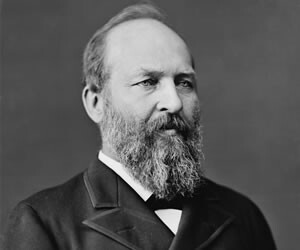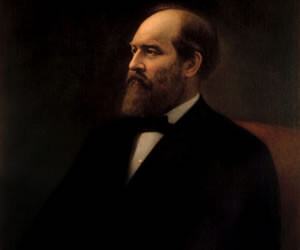

Last Updated: 26 Feb, 2023 | Views: 886
Age: 49
Profession: Historical Men
Other Profession(s): Politician, Lawyer, Mathematician
Famous For: 20th President of the United States
Higher Education: Williams College (BA)
About (Profile/Biography)
James A. Garfield, a well known politician who served as the 20th President of the U.S., (March 4, 1881-September 19, 1881). He was the 2nd U.S. President to be assassinated after Abraham Lincoln. Garfield was born in 1831 in Ohio and was a prominent figure in the Republican Party. James A. Garfield served in the Civil War and was a general in the Union Army. After the war, James A. Garfield was elected to the U.S. House of Representatives and served for 17 years. He was known for his opposition to corruption and became a champion of civil service reform.
James A. Garfield Career:
James A. Garfield Political Party: Republican Party
Civil War Service: Garfield served in the Civil War as a general in the Union Army. He was known for his bravery and leadership and was widely respected by his fellow soldiers.
James A. Garfield U.S. House of Representatives: After the Civil War, Garfield was elected to the U.S. House of Representatives.
James A. Garfield U.S. President: Garfield was elected as the President of the U.S. in 1880. He served in office from March 4, 1881, until his death on September 19, 1881.
James A. Garfield Champion of Civil Service Reform: Garfield was a champion of civil service reform and worked to eliminate the spoils system, where political appointments were based on political loyalty rather than merit.
James A. Garfield family:
James A. Garfield was married to Lucretia Rudolph Garfield, and they had seven children together. His children were Eliza Arabella Garfield, Harry Augustus Garfield, James Rudolph Garfield, Mary McKinley Garfield, Irvin McDowell Garfield, Abram Garfield, and Edward Garfield.
James A. Garfield Death:
James A. Garfield, was assassinated on July 2, 1881, just four months into his presidency. He was shot by Charles J. Guiteau, a disgruntled office seeker, in the Baltimore and Potomac Railroad Station in Washington, D.C.


